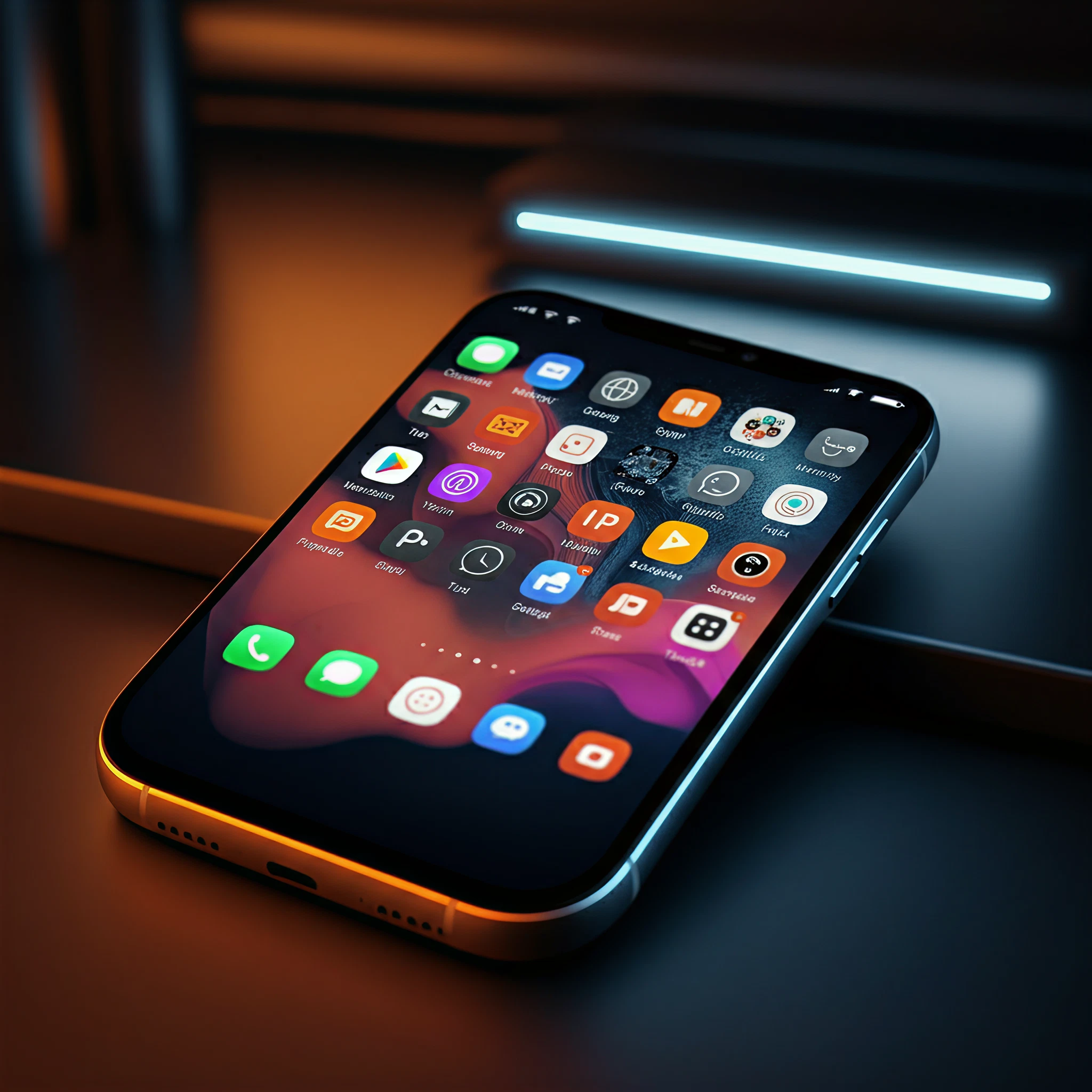Your smartphone or tablet is a digital toolkit, brimming with apps that make life easier, more entertaining, and productive. However, if you find yourself endlessly scrolling to locate an app or your device is running sluggishly, it might be time to tackle your “My Installed Apps” list effectively.
This guide explores innovative methods to manage, organize, and elevate your app usage experience. Not only that, but we’ll highlight tips to declutter, simplify, and keep your personal information safe.
What Are “My Installed Apps”?
“My Installed Apps” refers to the collection of applications you’ve downloaded and installed on your device, whether they are actively used or forgotten over time. Reviewing this list can provide insights into helpful tools you might’ve overlooked and help you optimize your device’s performance.
Both Android and iOS platforms make it simple to view and manage your app history. On Android, use the Google Play Store to locate “My Apps & Games.” Similarly, iOS users can check their App Store under “Purchased” or “My Purchases.”
For quick access to your app history, you can revisit CNET’s guide for further instruction tailored to your device.
Why Should You Organize Your Installed Apps?
Here are reasons why organizing your apps will enhance daily use and device optimization:
- Improve Device Performance: Free up space by uninstalling unused apps, ensuring better speed and storage efficiency.
- Enhanced Accessibility: Easily locate your favorite apps by decluttering your screen.
- Security: Regularly review installed apps to ensure their safety and relevance, especially to prevent outdated apps from becoming security risks.
- Personalization: Curate your device layout to reflect your personality and priorities.
How to Manage and Organize Your Installed Apps
Follow these six handy steps to manage “My Installed Apps” efficiently and unlock your device’s potential:
1. Evaluate Your App List
Begin by reviewing every app you’ve downloaded. Both Android and iOS allow you to quickly see a list of all apps linked to your account, even if they aren’t currently installed. For Android, access the “My Apps” section on the Play Store. iOS users can explore the “Purchased” tab in the App Store.
Ask yourself these questions for each app:
- Do I still use this app regularly?
- Is there a newer or better alternative?
- Does this app add value to my life?
2. Declutter and Uninstall Unused Apps
Identifying unused apps and removing them can free up storage space and improve your device’s speed. For Android, open Google Play Store > My Apps & Games > Installed, then uninstall apps you no longer use. On iOS, check “Not on This iPhone” in the App Store to identify unused apps for easy removal.
3. Organize Your Home Screen
Simplify your home screen using these tips:
- Create Folders: Group similar apps into folders (e.g., “Social Media,” “Fitness,” “Work Tools”).
- Prioritize Essentials: Keep frequently used apps easily accessible on your home screen.
- Minimalist Layout: Stick with fewer pages by combining and arranging apps effectively.
4. Regular Updates and Security
Updating your apps ensures you enjoy the latest features while keeping security vulnerabilities in check. Both Android and iOS allow automatic updates, but manual checks on the App Store or Play Store help you stay in control.
5. Explore App Features and Tweak Settings
Did you know many apps contain hidden features waiting to be discovered? For example:
- Many productivity apps offer widgets for faster access.
- Social media platforms allow personalized notifications tailored to your usage.
- Many apps, such as banking or fitness, contain dark mode options to reduce eye strain.
Don’t hesitate to dig into settings and explore all your apps have to offer!
6. Protect Your Personal Information
Cybersecurity is crucial in today’s tech landscape. Follow these steps to stay safe:
- Review App Permissions regularly (location, microphone, camera access).
- Stick to apps only from reputable developers or verified sources.
- Use tools like password managers and two-factor authentication to protect sensitive information.
Recommended Tools for App Management
The right tools can make managing your app collection more seamless:
- App Launchers: Popular launcher apps like Nova or Smart Launcher on Android are customizable for unique layouts.
- Digital Cleanup Tools: Apps like Files by Google or CCleaner can help you manage storage and remove unnecessary app files.
- App Suggestions or Reviews: Use platforms like AppAdvice or Google Play App Collections to discover better alternatives for your needs.
Hidden Features You May Be Missing
Enhance your app experience with these often-overlooked features:
- Many photo apps like Google Photos or Lightroom Mobile offer advanced editing tools stored within submenu options.
- Tools like “Focus Mode” (available on iOS) allow you to silence non-essential apps during work hours.
- Parental control features enable restricted usage for kids when borrowing your device.
Join A Community of Like-Minded Users
Managing and exploring your apps doesn’t have to be a solo task! Beyond decluttering your app library, engage with online user communities. Platforms like Reddit and specialized forums are great for app feature tips, enhancing usability, and discussing favorite apps.
Final Thoughts
A well-organized “My Installed Apps” list not only simplifies your digital life but also ensures your device is running at peak performance. By regularly reviewing, decluttering, and optimizing app settings, you’ll unlock a faster, safer, and user-friendly mobile experience.
Start today and uncover the value hidden within your apps. Your device is more than just a tool; it’s a companion for productivity, learning, and fun!
If you found these tips helpful, share them with fellow tech enthusiasts and explore our next guide to app recommendations!








